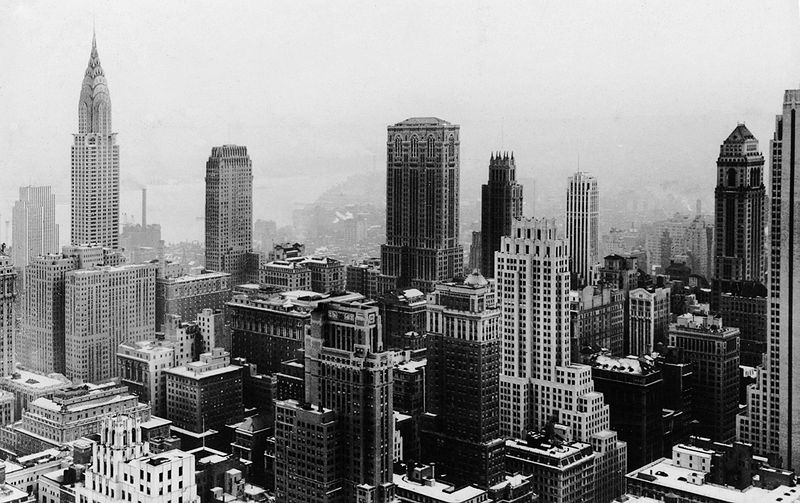Jun 29 2011 09:11 pm
Posted by under ADMIN ONLY - featured,June 30 Assignment
Business in New York City in the 1920s—Suburbanization and Metropolitanism
By 1900, industry was mainly centralized in the downtown of the city. Manhattan was the place where factories concentrated and where opportunities for jobs gathered. However, by the 1920s, because of the improvement of transportation and, more importantly, electric power made it possible for industry to decentralize from the center of the city. Factories were able to extend greater flexibility in location and made possible the assembly line. Thus, corporations began to look for suburb, where lands were cheaper ad tax burdens were less, as new locations. When industry moved out from the central city, many white workers followed and moved to cheaper suburban house lots. This phenomenon extended the use of automobiles and the building of expressways and parkways. Government invested a lot of money in street improvement, traffic regulation, and new road construction. The more people living in suburb areas; the more automobiles would be needed; the more highways would be built, and the more development would take place in suburban areas.
On the other hand, as the industry was decentralizing from the center of the city, professional services such as finance, management, and clerical increased their presence in downtown areas. Skyscrapers emerged and altered the skyline of the downtown. Skyscrapers in the 1920s not only answered the demand of office but also served as a visual symbol of the development in cities in the 1920s. Corporate offices, banks, law firms, and advertising agencies contributed to this vertical expansion of cities. Woolworth Building was one of the skyscrapers that was built during the 1920s. This new pattern of spatial specialization formed metropolitan districts—regions that included a city and its suburbs.
